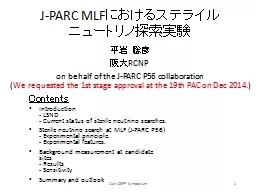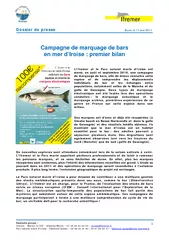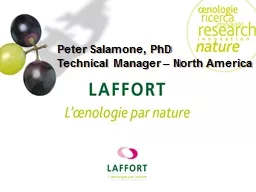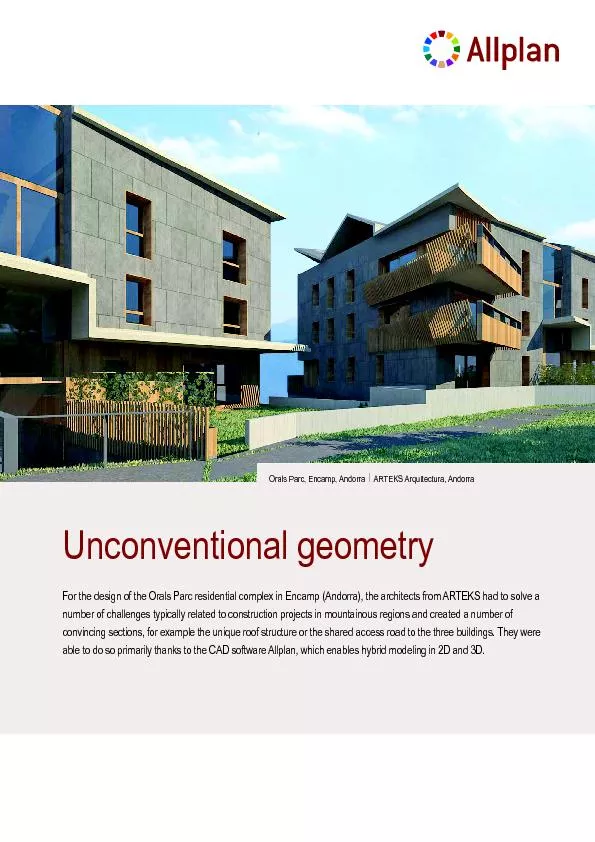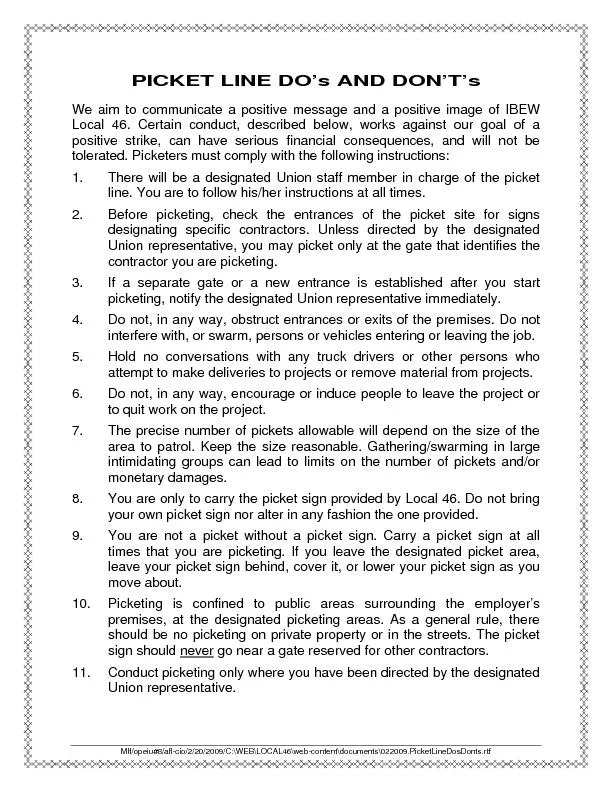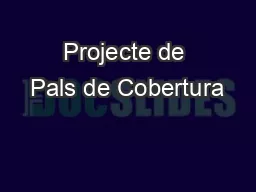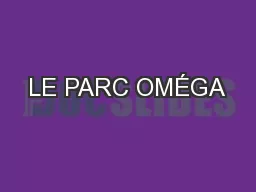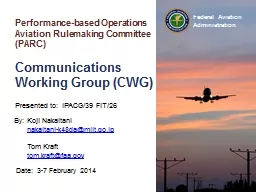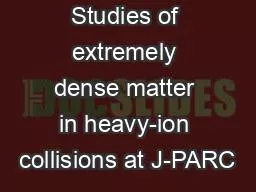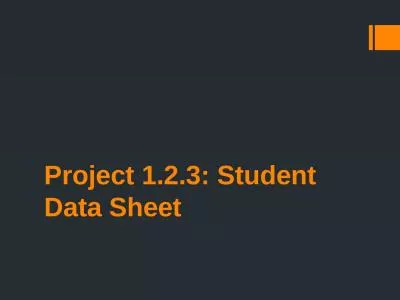PPT-J-PARC MLF におけるステライルニュートリノ探索実験
Author : alida-meadow | Published Date : 2019-06-23
平岩 聡彦 阪 大 RCNP o n behalf of the JPARC P56 collaboration We requested the 1st stage approval at the 19th PAC on Dec 2014 21st ICEPP Symposium 1 Introduction
Presentation Embed Code
Download Presentation
Download Presentation The PPT/PDF document "J-PARC MLF におけるステライル�..." is the property of its rightful owner. Permission is granted to download and print the materials on this website for personal, non-commercial use only, and to display it on your personal computer provided you do not modify the materials and that you retain all copyright notices contained in the materials. By downloading content from our website, you accept the terms of this agreement.
J-PARC MLF におけるステライルニュートリノ探索実験: Transcript
Download Rules Of Document
"J-PARC MLF におけるステライルニュートリノ探索実験"The content belongs to its owner. You may download and print it for personal use, without modification, and keep all copyright notices. By downloading, you agree to these terms.
Related Documents

